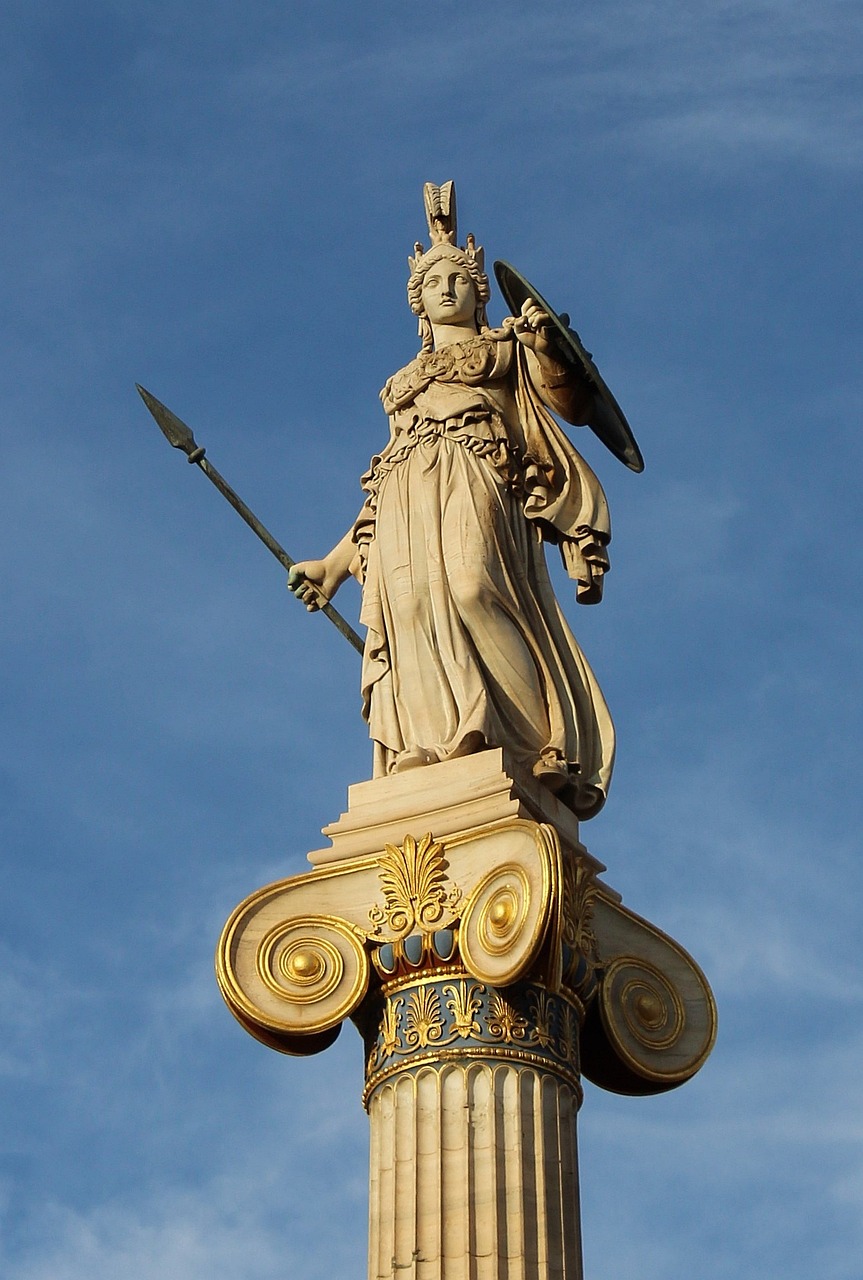Asteroids in Astrology
THE FOUR DIVINE ASTEROID GODDESSES
8 November 2023
Asteroids: The Unseen Influencers

When considering the influences on our birth charts, we often focus on the planets, houses, and signs. But what about the asteroids? These small celestial bodies, often overlooked, can provide additional layers of insight into our astrological readings. The four largest asteroids, Ceres, Pallas, Juno, and Vesta, are considered the most influential and are often referred to as the 'big four'.
These asteroids, located in the asteroid belt between Mars and Jupiter, are named after powerful Goddess figures from Roman mythology, originally derived from Greek mythology. They each represent different aspects of the feminine archetype, providing a more nuanced understanding of the feminine energies in our charts, regardless of gender.
While the influence of asteroids in astrological readings is still a relatively unexplored area, many astrologers have found significant correlations between the positions of these asteroids and the individual's personality traits, life events, and life lessons. By diving deeper into the asteroid belt, we can uncover hidden aspects of ourselves and our life experiences.
Before we delve into the individual asteroids, it's important to note that the influence of asteroids should be considered supplementary to the core components of a birth chart. They do not override the influence of the planets, signs, or houses, but rather provide additional layers of insight.
Ceres: The Nurturer

Ceres, the largest asteroid, is named after the Roman goddess of agriculture and motherly love. In astrological readings, Ceres represents how we give and receive nurturing. It shows our capacity for empathy and our ability to care for others. This also includes our relationship with abundance as food and agriculture can be seen as the foundation of what we need to sustain ourselves. Ceres also represents our capacity to cope with separation and loss, as the myth of Ceres involves the loss and eventual reunion with her daughter, Proserpina.
The position of Ceres in the birth chart gives us insight into our nurturing style, our relationship with abundance, and physical health. For example, if Ceres is positioned in Aries, the individual may express nurturing through encouraging independence and self-reliance and associate independence with caring and love. If Ceres is in the 10th house, the person may be drawn to caregiving professions or may express nurturing through their career.
Pallas: The Strategist

Pallas, the second largest asteroid, is named after Pallas Athena, the Greek goddess of wisdom, craft, and war. In astrological readings, Pallas represents our ability to perceive patterns, to strategize, and to solve problems. It shows our approach to decision making, particularly in the realm of relating with others. She represents the more logical and analytical side of the feminine energy.
The position of Pallas in a birth chart can provide insight into our intellectual strengths, our approach to conflict resolution, and our relationship with our father or dominant parent. For example, if Pallas is in Gemini, the individual may have a knack for communication and may excel in areas that require mental agility. If Pallas is in the 3rd house, the person may have a talent for writing or other forms of expressive communication.
Juno: The Partner

Juno, the third largest asteroid, is named after the Roman goddess of marriage and childbirth. In astrological readings, Juno represents our approach to marriage and long-term partnerships. It shows our needs and expectations in relationships and our capacity for commitment and compromise. She represents the side of the feminine that is oriented towards equality, give-and-take, and fairness in relationship.
The position of Juno in a birth chart can provide insight into our ideal partner and our relationship needs. For example, if Juno is in Libra, the individual may value balance and harmony in relationships and may be drawn to partners who are diplomatic and sociable. If Juno is in the 9th house, the person may place a high importance on sharing worldviews with their partner, or may seek partnerships that are based on spirit and adventure.
Vesta: The Keeper

Vesta, the fourth largest asteroid, is named after the Roman goddess of the hearth and home. In astrological readings, Vesta represents devotion, purity, and dedication. It can reveal a lot about how one maintains their home life and what they are willing to dedicate themselves to. She represents the side of the feminine energy that is stable, secure, and committed to who and what is important to them on an emotional level, especially in relation to home and family.
The position of Vesta in a birth chart can provide insight into how and where we dedicate ourselves, our personal and productive work ethic, and our need for personal life commitment. For example, if Vesta is in Virgo, the individual may express dedication through service to others and may have a meticulous approach to work. If Vesta is in the 11th house, the person may find fulfillment in dedicating their time and energy towards their friends and network circles and may need things to contribute to that are for the collective or greater than themselves.